Dirty Charms
Cathy Coëz
Saturday 1st of May until Sunday 13th of June 2021
private opening
visit by appointment, only
supported by BoConcept
Cathy Coëz is a multidisciplinary artist living and working in Brussels, Belgium. Active since the late 1980s, her methods morphed from drawing to computer-aided designs to silkscreen printing, before she turned to ceramics in 2007. Her work has appeared in galleries and museums in Austria, Australia, Belgium, China, Croatia, Denmark, Estonia, Finland, France, Germany, Italy, Japan, the Netherlands, Norway, Spain, Switzerland, and the UK, and is included in the Wells Fargo collection in New York City.
The Belgian artist Stephan Balleux said this about Cathy’s work in an introduction to Quiet Chaos, Cathy’s latest book of artwork:
“I detect a constant system: violence of the subject and softness of the implementation. We are confronted with an artist who is constantly angry, taking issue with her ecosystem, reacting to what she perceives of global political and social human management, who cannot help but put it on trial, but in the same breath call out to others with all her heart, appealing to the human element and simplicity of an encounter.”


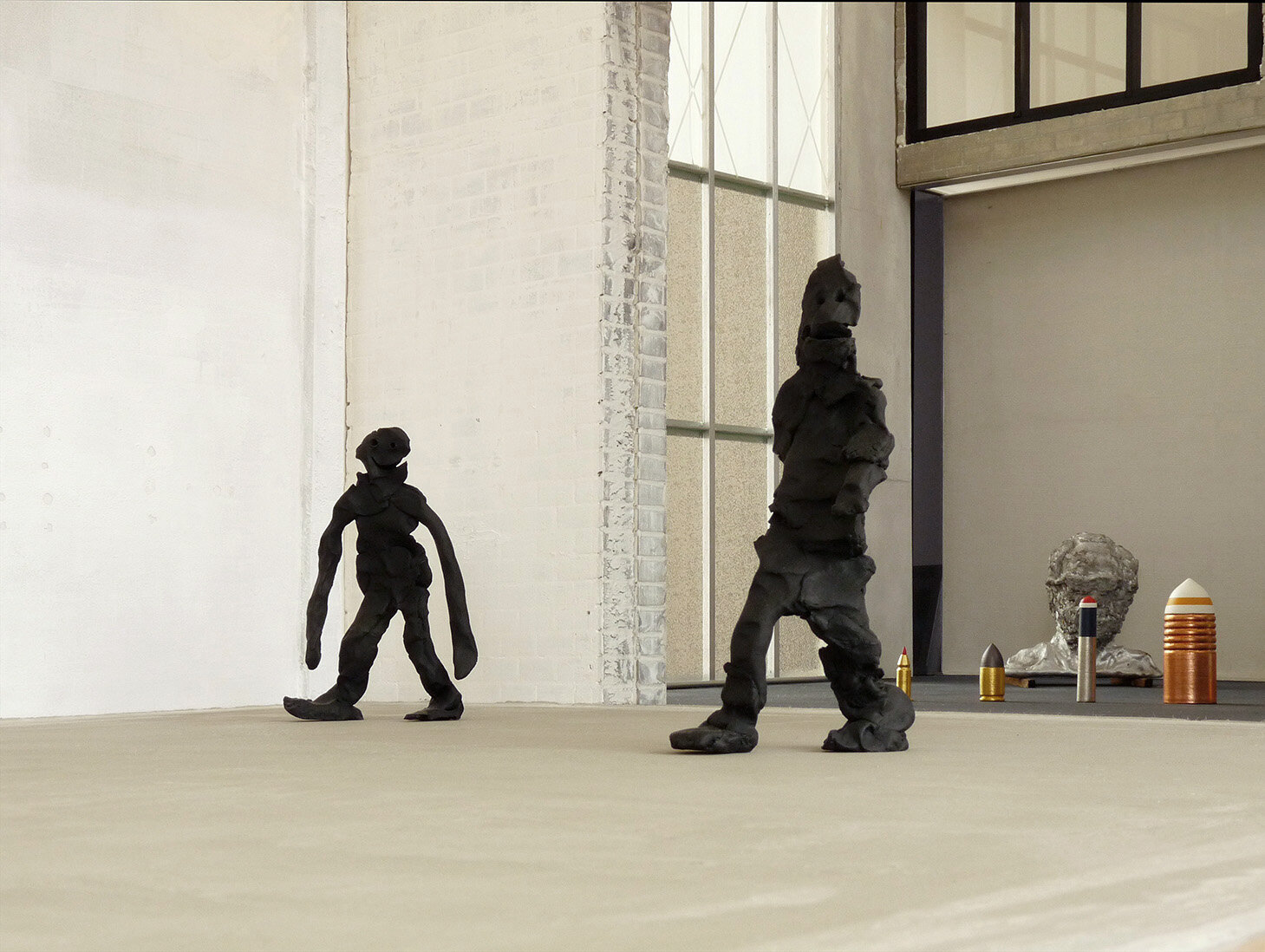
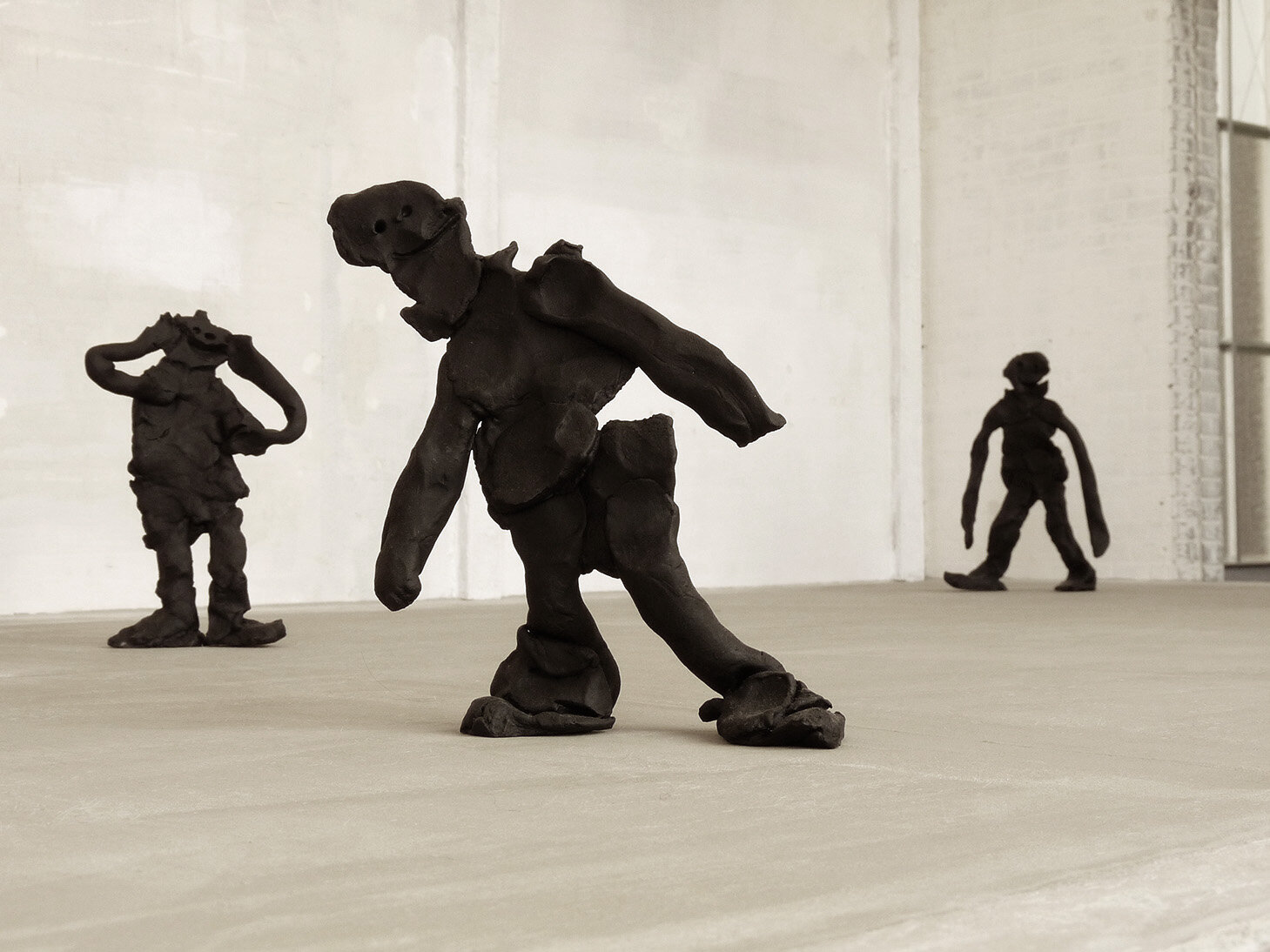
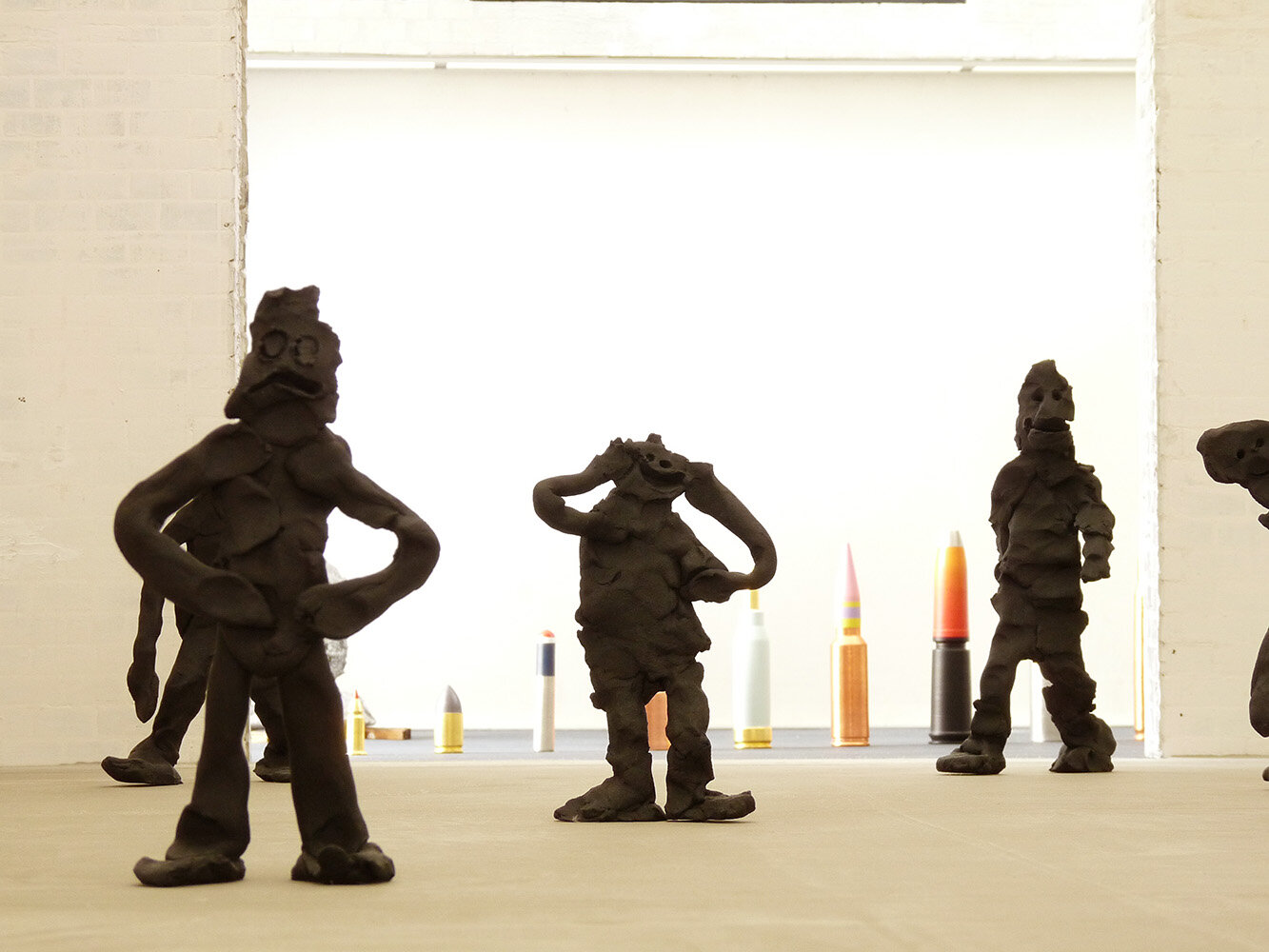

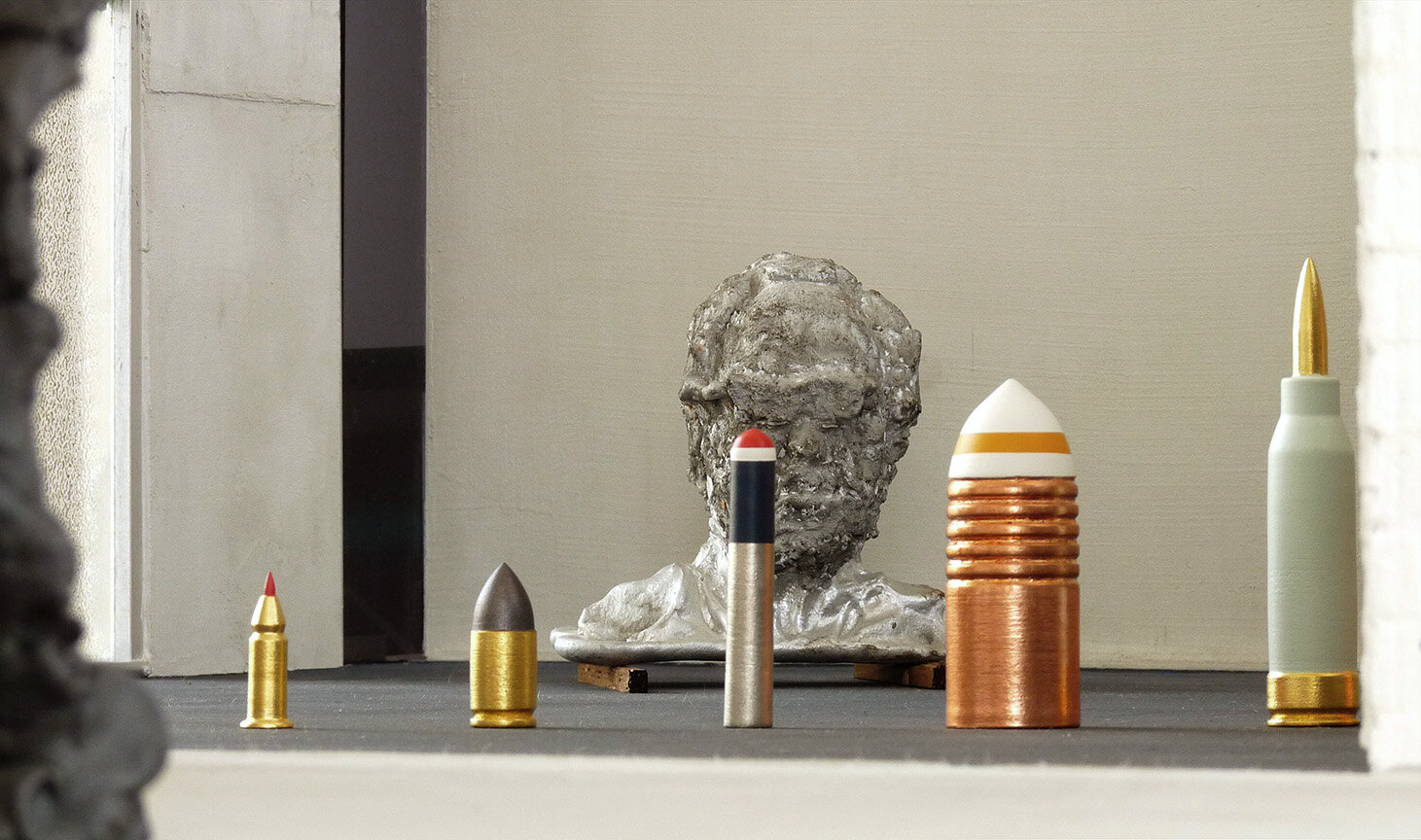
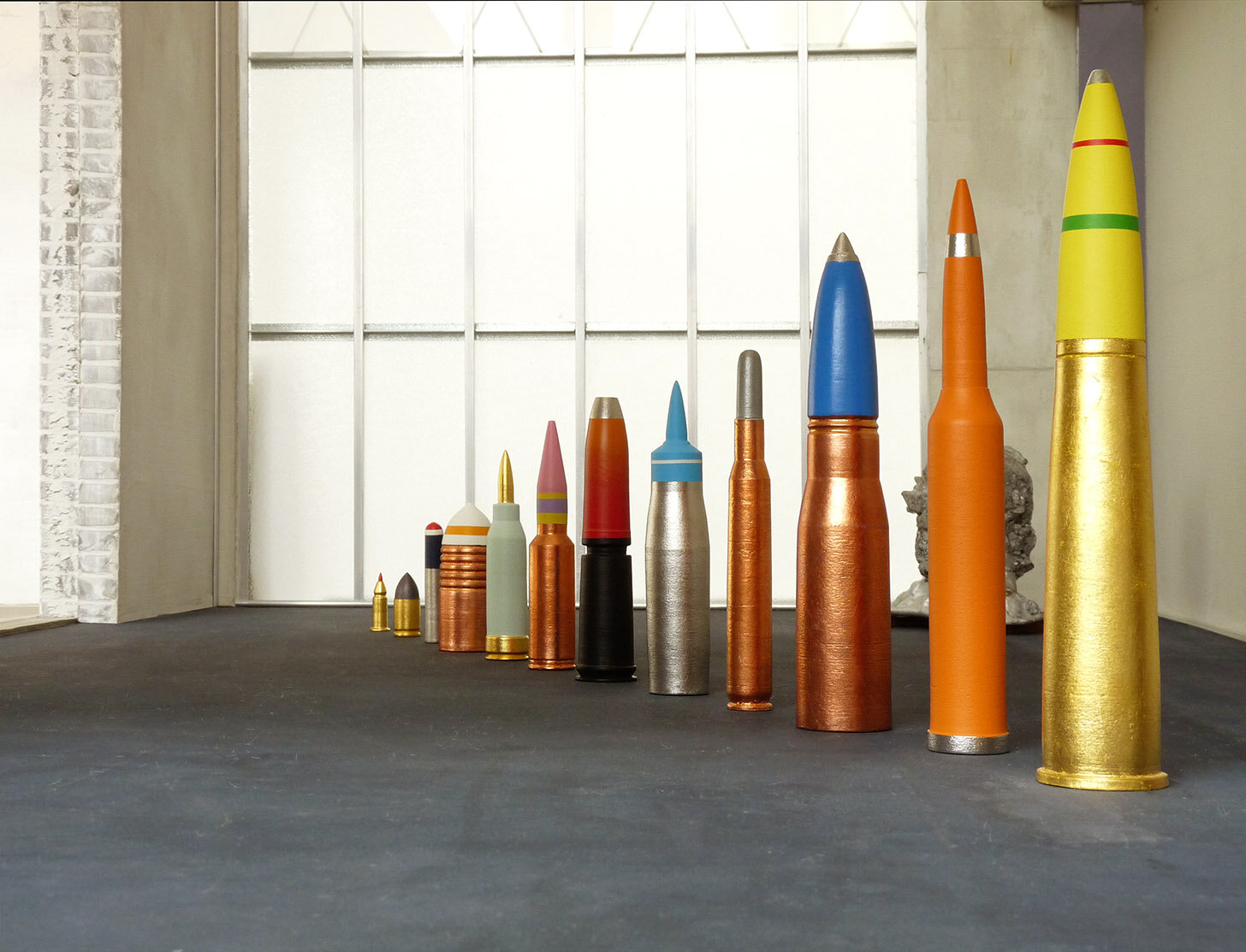

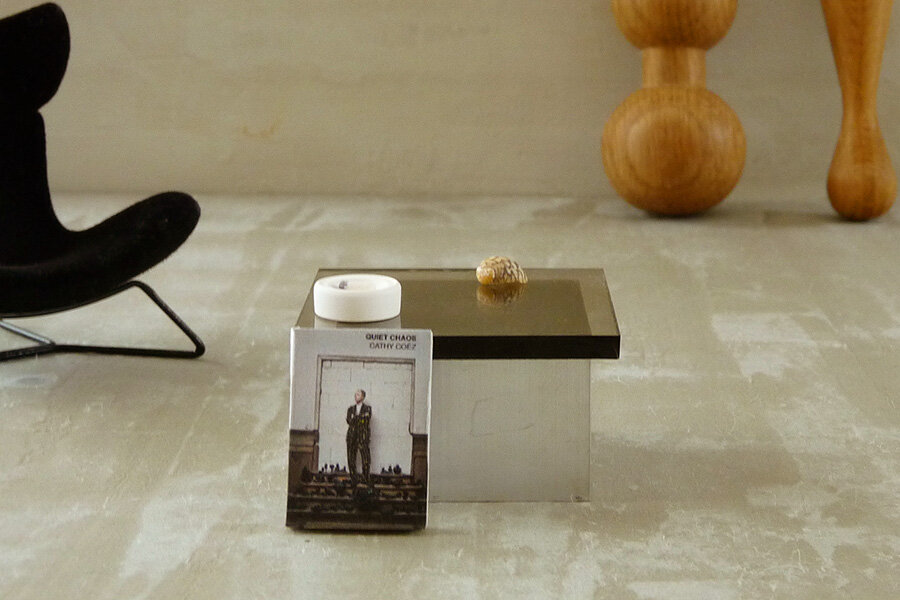
Replay - CATHY COËZ
This is a re-post of our March 2021 interview with French multidisciplinary artist Cathy Coëz - her series “Inventory 216” is now up at the group show "Les orages" at ISELP Brussels through June 19
Interview by Jacques Von Lunen / Interlocutor
While looking at examples of your work online, I came across a picture of you as a little girl, and was struck by how much it resembled current photos of you. Does that little girl’s spirit still play a part in your artistic process now? What would she say about your work?
Don't look closer then – or you may see the difference, but thank you.
I would also love to hear her thoughts about what she's up to forty-five years later! Getting old is – as my father says – boring, and this year is the first time when, after eleven hours of glazing, my body says "Please! Stop!”
To answer the question, I would say that I'm still excited when an idea pops up in my mind at night, bringing a smile on my half-sleeping face, maybe like a kid winning at a marbles game – which I loved very much to play. The excitement of these visions, in the middle of the night, of imaginary completed sculptures is probably different from how as a kid I just enjoyed creating, without caring about the result. But maybe these two sensations have a form of innocence in common. When you're a kid, "process" doesn't exist and that's good because it keeps you free and focused on just enjoying doing things. That feeling is lost in adult life. I try in my actual practice to keep in mind this freedom, no matter the technical issues I encounter or the time it will take – and even less if I'll be able to sell it.
So I would answer YES and I hope she would say keep on!
After training in Paris and Brussels, you worked in silkscreen printing. In 2007, you switched to ceramics. It seems like a dramatic change to me. How did it come about? How did it feel to pick up a new trade, so to speak?
Actually, between 1990 and 1999, I worked with soft pastels, charcoal, and classical media on paper. Then I started to use the computer as a drawing tool because I was teaching drawing (1995-2000) to students studying computer graphics. In 1998 I “discovered” silkscreen printing after visiting the Rauschenberg retrospective at the Ludwig Museum (Cologne, Germany). I used this technique until 2007, at which point I needed something different. I was drawing a lot of geometric volumes at that time so at a point I wanted to “create them for real.” After a conversation with a friend I decided to take ceramic courses in an academy in Brussels where I knew the teacher. So it felt very good. I had new huge perspectives ahead and what's more thrilling??
At its basic level, art is meant to provoke feelings in the audience. How are the feelings you provoke with your ceramics different than those you hoped to trigger with your prints?
At first sight I would say there's no difference, because what matters is not the medium but the meaning of the artworks. And today, even if I work mainly with clay or porcelain, I also use oak, steel, and paper. Any material is welcome, and I would love to manipulate brass, glass...
An unusual medium had just occurred to me this week! This (secret) medium could be the starting point of a new project. I love to feel that a tiny thing can be the beginning of a (sometimes important) work. It feels reassuring.
So I think that yes, working with ceramic and different media offers new opportunities, which means that I'm able to construct a larger and richer realm, more interesting (to me at least) than using only silkscreen printing (that I still love and use from time to time, by the way).
So yes, the audience can therefore have a more dynamic relation to my work, with – I guess – a greater number of feelings. Anyway, what the people feel is not my concern or responsibility.
You are French, you studied in Paris and you have exhibited your work in Paris. But you’ve lived in Brussels, Belgium, since the late 1980s. What’s the difference between working in a world-famous hub like Paris and working in a lesser-known (at least to the average art fan) city such as Brussels?
I arrived in Brussels in August 1988, to follow my “love.”
I was bored with the Beaux-Arts in Paris where the atmosphere was lazy, so I started to study at La Cambre [visual-arts graduate school in Brussels]. As a Parisian student, I didn't have any career matters in mind and didn't care or feel like living in the center of the art world, especially after knowing what New York looks like!
What I liked about Brussels is that I could work all day long – without spending hours in public transportation – in a 100-square-meter studio. That was impossible in the beautiful and stressed Paris; and people in Brussels are so easy to connect with! So my everyday reality was made of that, and to be in an important art place or not was not a priority. I never had a career spirit, maybe I should. And today I still prefer to live and work in between these great art cities and travel to them easily. I also like to discover a city just to see an exhibition.
I also love a town where I can work all day without worrying about the outside world and “ugly” Brussels is suitable for that.
You first started showing your work in 1989, and have been extraordinarily prolific since then, not only by producing a lot of work, but by constantly growing and experimenting. How do you do it? How do you maintain your creative spirit?
I think I maintain my creative spirit because I manage to stay curious. I love so much to produce artworks and to be able to transform what I had in mind in living realities.
I love developing research about abstract compositions (see the Wall Installations) as much as I love to create pieces that are linked to the reality and tell a story that I can share with the public. This aspect of my work doubles the opportunities to explore new paths.
I love diversity.
I always want more, I never have enough, it’s an obsession. Now, these days, I have too many ideas in mind (not all good, of course) that apparently keep me from sleeping!
It's always challenging to force myself to need to find solutions, to adapt and to change directions during the process. Sometimes it's hard, so I regret to have had such a [bad] idea, but as I'm stubborn I keep on working on it. And ceramic is a very generous medium that allows you to hit many roads as long as you respect its nature and characteristics.
I don't like repetitions (life is too short) but I love series, archives, lists, classifications, so I'm never afraid of the number of pieces I have to produce for one sculpture. I think sometimes it's better this way, because if I knew in advance I had to make, for example, 1,642 monster faces for one sculpture, I'm not sure I'd do it!
Sometimes the variety of my production makes me wonder (without pretension) how I've been able to do such a thing and it can take me some time before I remember how I did it!
You are featured in a book called “Céramique: 90 Artistes Contemporains.” In the foreword, the publishers write that the artists in this book “subtly blur the border separating art and craft.” Is there a border between the two for you? A hundred years after the Bauhaus movement tried to tear it down, why do we still draw that border?
For me there's no border. From what I've experienced and heard, this question of border matters to art historians and people from the ceramic sphere who think they want to get rid of this limitation and pretend to reach the contemporary and glittering art world. In reality most of them are stuck in the conventional aspects of ceramic, and they're not willing to put an end to that; and they don't know much about contemporary art. On the other hand, the contemporary art galleries love and welcome ceramic today because it's new and lucrative, thanks to a few visual artists. It will pass.
I think that, unfortunately, art critics, to make history, place everything in categories. For example, Pierre Restany invented the Nouveaux réalistes, and Donald Judd has been presented as the father of minimalism, but if you ask him, he disagrees!
When artists work in their studio I’m not sure they care about categories.
Borders are here for reassuring, ordering, making things clear and more understandable. Today ceramic is very trendy, and many visual artists are tempted to try to work with this medium, but twenty years ago, if you were talking about the nice clay sculpture you've just made, nobody would have paid attention. So this border thing comes and goes, it doesn't matter to me, what matters is what makes a good work of art.
When I started to work with ceramic I had silkscreen printed "Fuck ceramic" on the shirt I wore for the opening of one of my first exhibitions. It was a way to say: don't ask me about the technique I use, what matters is the meaning of the works.
It's like people who think art is for everybody, this is bullshit, art is not for everybody and it will never be; otherwise why shouldn't a sport be for everybody too? No thanks! People have the right not to be interested in art. At the Keith Haring show at Bozar in Brussels last year, the first thing you saw was "Art is for everybody" written in big letters on the wall, and the entrance tickets are eighteen euros! Come on!
PS: I love Keith Haring.
For your work A Hundred Conversations, you chose 100 contemporary artists (mostly sculptors), imagined a dialog with each one and his/her work, and then created 100 pieces to show the results of these dialogues. It’s refreshing to see an artist not only acknowledging, but embracing, the influence of her peers. How did that process impact you and how you see your own art?
Before this series, I realized two other ones: A Hundred Tears and A Hundred Traumas. I asked people simple questions like "What is the last thing that made you cry?" or "What is the worst trauma you've been through?" The answers were the starting point to create a hundred sculptures.
These two experiences taught me that, even if we live today with a tremendous access to communication, sharing intimacy remains complex.
It was a bit frustrating, so I decided to create imaginary links, with my peers. I made this choice to liberate myself. I was freed of the constraints of people's ability to express themselves.
Like, if I’m creating the questions and the answers, the full job, I’m in control. I could play, fantasize and speak on their behalf!
How I see my own art is not an easy question. I think it can be seen as a wide-open field with many little paths to explore, crossing it from all angles.
For a series of sculptures in 2017, you painstakingly crafted busts of prominent authoritarian and/or right-wing politicians, and then bludgeoned the raw clay with your fists or other tools before firing the clay. I find it strangely soothing to watch videos of you smashing in dictators’ faces. How did it feel for you? Satisfying, or terrifying?
In The Dreamteam, I bludgeoned politicians, but the face that received my fist was my own, in the self-portrait Life is The Only Bitch I Love.
You maybe have felt soothed because, just like me, you don't like these guys. I must admit it was very enjoyable and satisfying, almost like a dream come true: a way to tell these bastards how I feel about them. It maybe doesn't look like it but in reality I'm against all forms of violence!
Each time it was different. The first was Donald. I was happy with my very first modelling portrait so it took me a while before I could hit it, with shyness. I was afraid to have to redo everything and I had no idea of the result I could expect from such a gesture. Twelve heads later, Abu, the last one, shows a greater confidence. Each time I enjoyed it a lot!
When I had to hit my own face I wasn't that much at ease and was surprised – to not say disappointed – by the high resistance of the fresh clay. I had to hit me twice, which didn't happen for The Dreamteam.
It was a cathartic project. I had to go through it. Art is healing.
Some of the tools you used to punish the clay dictators were weapons you created for an earlier series called Inventory 216. When you first made the bludgeons, did you know you’d use them one year later to figuratively mutilate Trump and Le Pen?
No, I didn't, but when I thought about hitting these portraits it naturally crossed my mind. It created a logical sequence, and I was pleased because I love to feel connections between my works, as if they were part of a big family – with a few partners in crime!
Being as prolific as you are in a normal year, what has this past year of confinement and cancelled shows done to your productivity? Do you have even more time to create, or is it harder to be inspired?
In 2020, my creativity was a bit slowed down because I fell in love one week before the lockdown. This crisis gave me all the time I needed but I didn't spend much of it in the studio. Love takes time! But the brain was still working, and new ideas were never far. I was inspired 24/7. I enjoyed it a lot.
You have a show in Brussels in April. What can we expect?
Well, as the installation will take place in the first room of the institution I hope the visitors will shiver as soon as they will enter the room! More seriously, Inventory 216 is a study about shapes. The graphic content of this collection questions man's appetite for self-destructive behavior. The series displays two hundred and sixteen oak truncheons inspired by images of weapons circulating on the Internet. The shapes and proportions of the objects are accurately rendered during the manual lathing and the wood left bare and untreated. The smooth and tactile nature of this hardwood contrasts with the brutality and the violence it evokes.
In 1857 Théophile Gautier wrote in the journal L’Artiste: “It seems that men are afraid of not dying, from seeing everything they come up with to kill themselves.” With Inventory 216, the visitor will directly dive into the topic of the show.
Cathy will exhibit Inventory 216 at a group show titled "Les orages" at ISELP, Boulevard de Waterloo 31, Brussels, April 22-June 19.